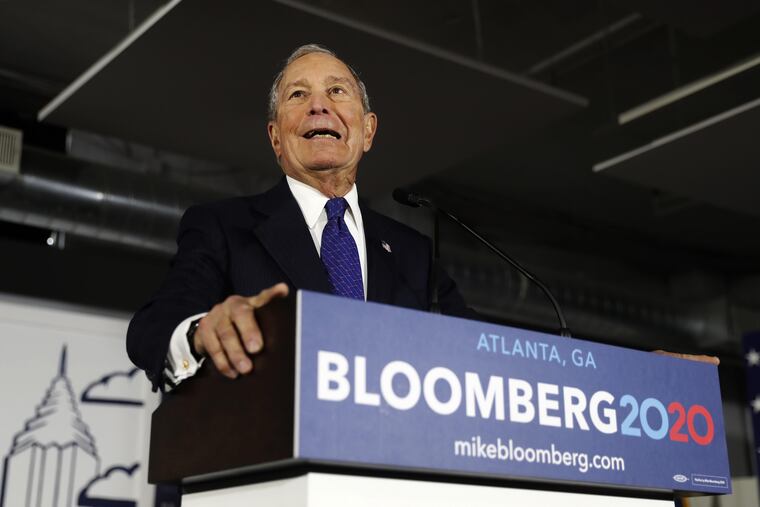If stop-and-frisk can save black lives, shouldn’t we keep it? | Albert Eisenberg
Stop-question-frisk was a part of the policing approach that led to thousands of lives saved a year.

Stop-question-frisk was a part of the policing approach that led to thousands of lives saved a year.
